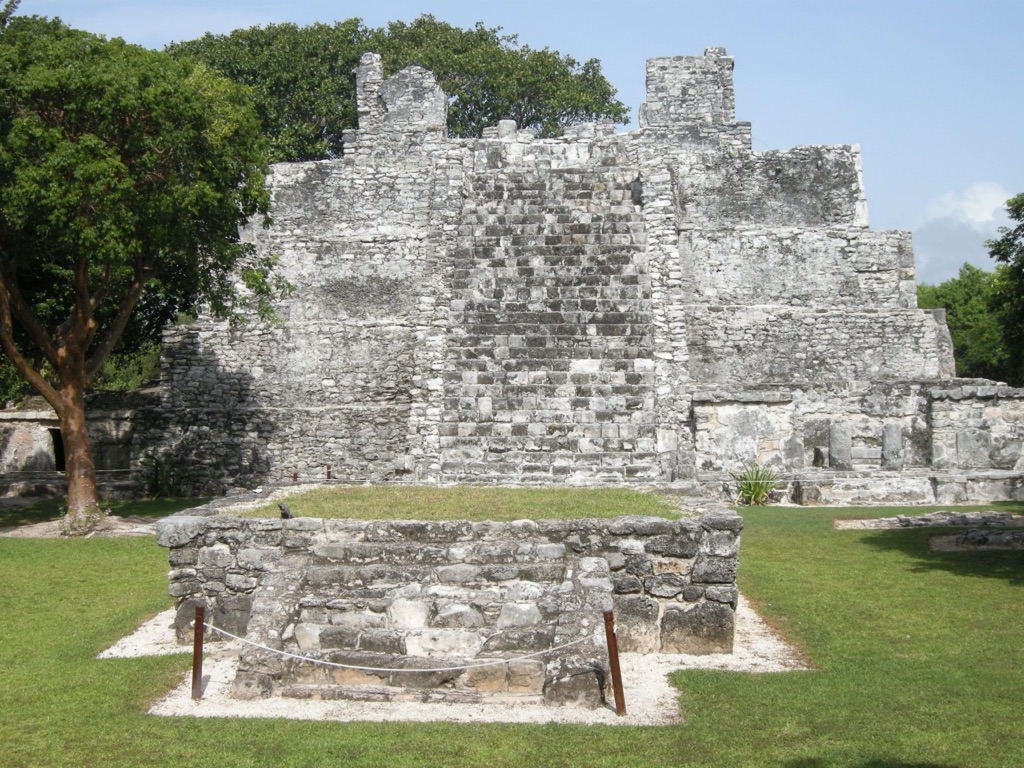El Meco is a notable archaeological site located on the northern outskirts of Cancun, Quintana Roo, Mexico. This site, positioned along the coastal road to Punta Sam, offers a glimpse into the ancient Maya civilization that once thrived on the northeast Yucatan Peninsula. Managed by the local INAH (National Institute of Anthropology and History) representative, the site is distinguished by its well-preserved ruins, abundant shade trees, and the presence of various bird species and flowering plants, enhancing the visitor experience.
The Ancient Maya
Ancient Maya Historical Sites and Ruins
Maya Mythology
Gods and Goddesses
| Kukulkan |
| Chaac |
| Ix Chel |
| Ah Puch |
| Itzamna |
Ancient Maya Artifacts
| Chac Mool |
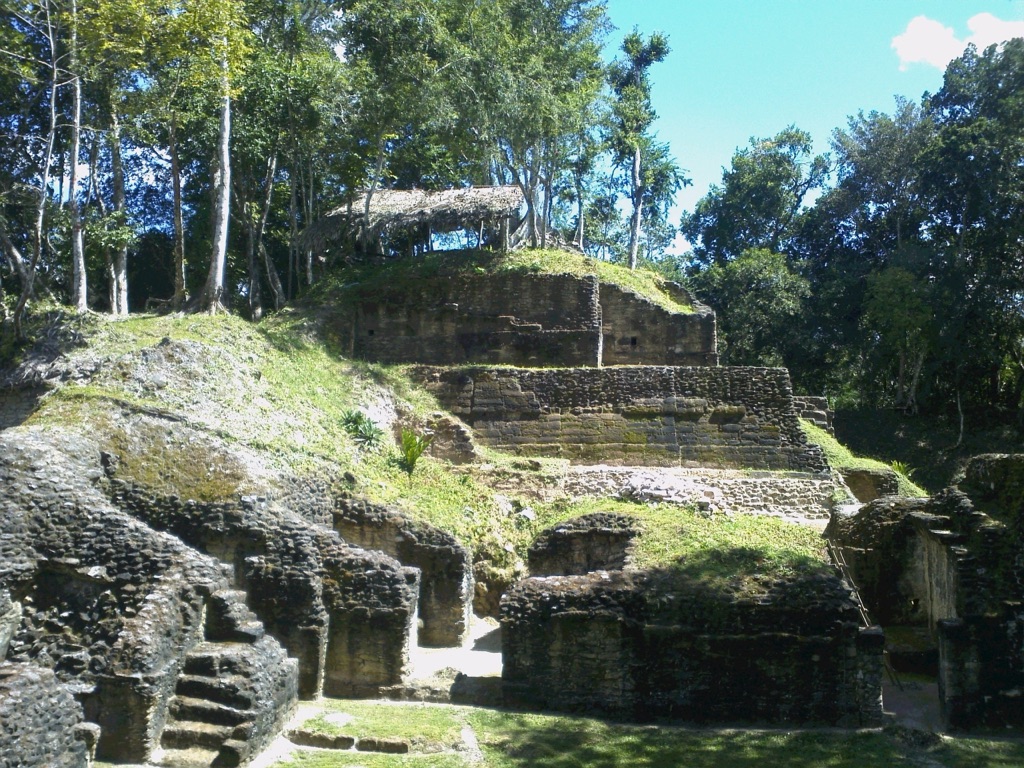
El Naranjo
Tayasal, historically known as Naranjo or Saa’aal, stands as a testament to the grandeur of the Mayan civilization during the Classic Period (250-900 AD). Located in the department of Petén, Guatemala, within the Yaxhá-Nakum-Naranjo National Park, this archaeological site was the epicenter of one of the most influential Mayan kingdoms. Its strategic importance is underscored by its political interactions with other prominent Mayan cities such as Calakmul, Tikal, and Caracol. However, like many other Mayan cities, Tayasal faced abandonment during the Classic Maya Collapse.
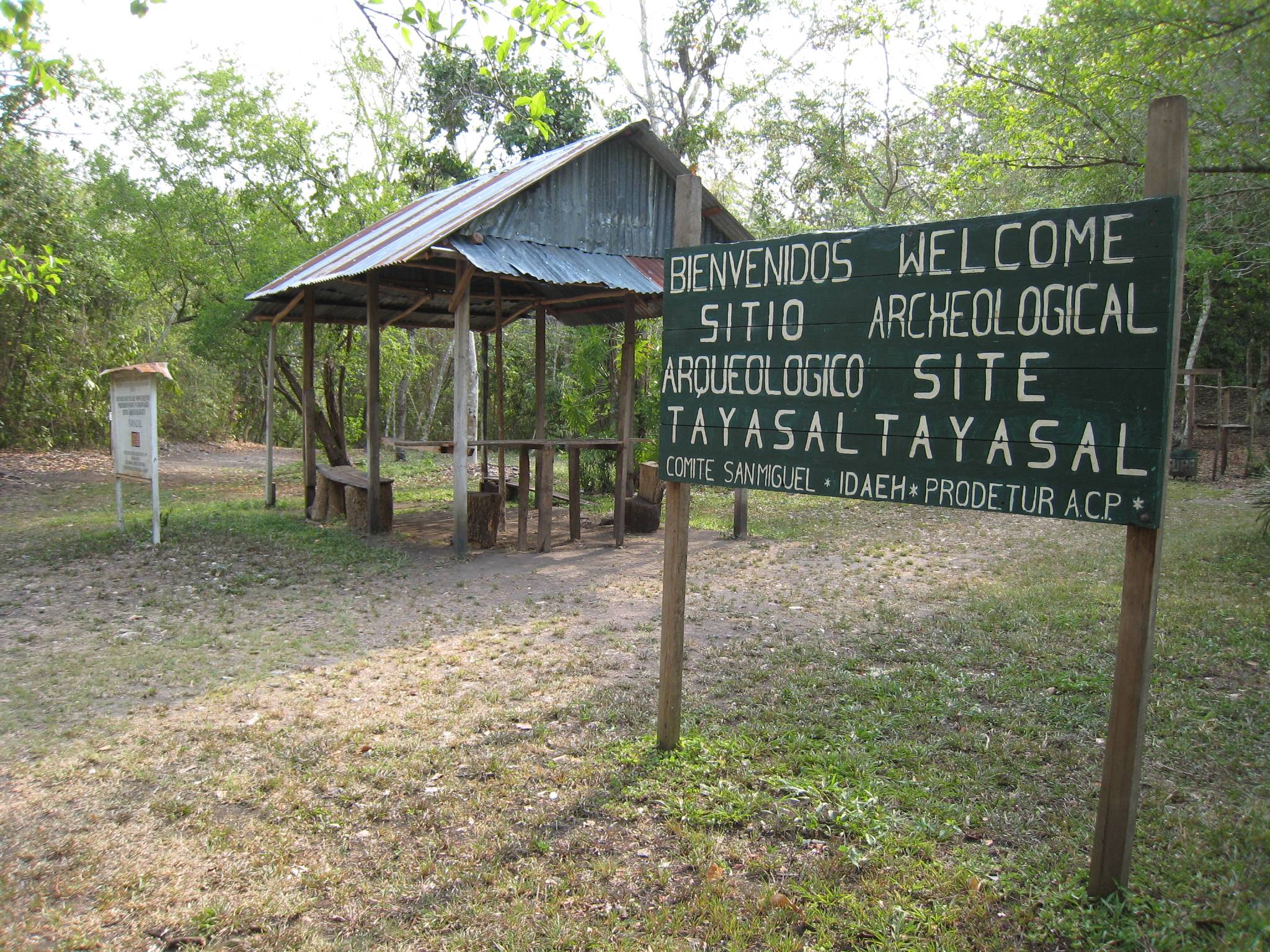
Tayasal
Tayasal, an archaeological site located in present-day Guatemala, offers a window into the long history of Maya occupation spanning from the Middle Preclassic period (circa 1000–350 BC) through to the Late Postclassic period (circa 1200–1539 AD). This site, originally known as Tah Itza, meaning “Place of the Itza,” mistakenly came to be called Tayasal. It is situated on a peninsula on Lake Petén Itzá, a short distance north of the modern town of Flores, and falls within the municipality of Flores, in the department of Petén in northern Guatemala.
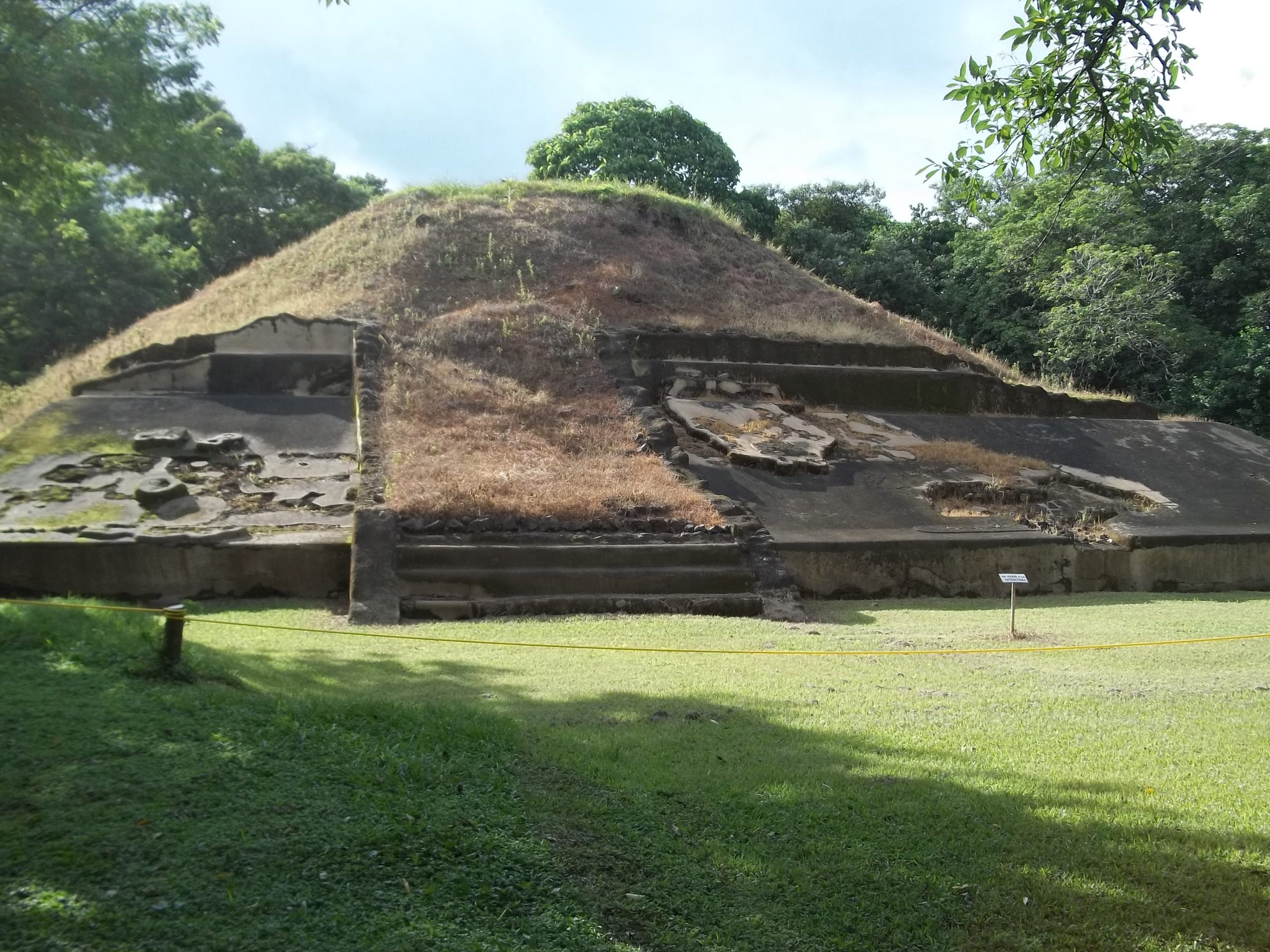
Casa Blanca
The Casa Blanca archaeological site, situated in the Chalchuapa archaeological zone within the municipality of Santa Ana, El Salvador, offers a profound glimpse into the pre-Columbian history of the region. This site, once a coffee plantation, now serves as an archaeological park, revealing the layers of history that have shaped this area of western El Salvador.
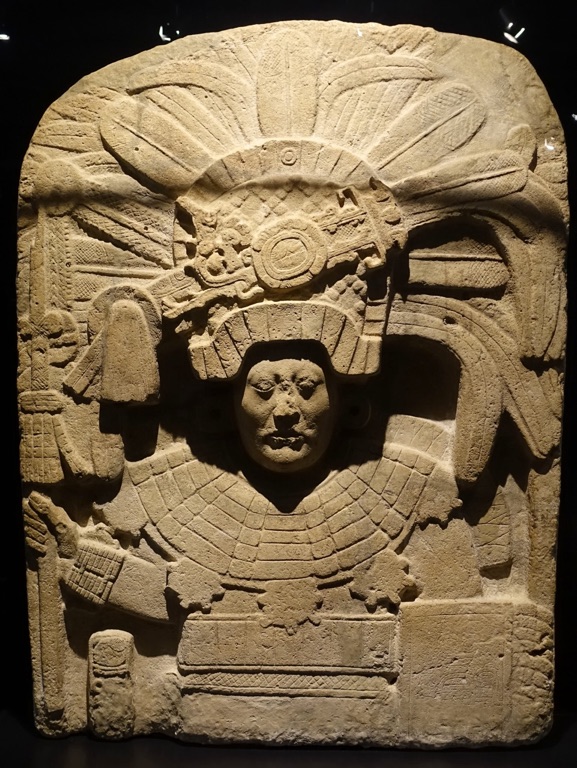
Common Maya Words Glossary
This glossary offers a window into the profound and intricate world of the Maya civilization, a culture renowned for its remarkable achievements in astronomy, architecture, agriculture, and art. Spanning from the Preclassic period through the Postclassic era, the Maya developed a complex society across Mesoamerica, leaving behind a legacy that continues to fascinate and inform. The terms included in this glossary, ranging from “Ajau” to “Zenith Tube,” encapsulate the breadth of Maya knowledge and their relationship with the cosmos, the natural environment, and the spiritual realm. Each entry not only provides a definition but also reflects the cultural significance and the underlying principles that guided the Maya people. Through this exploration of Maya words and their meanings, we gain insights into their sophisticated calendrical systems, religious beliefs, and daily practices, offering a deeper understanding of a civilization that has left an indelible mark on human history.
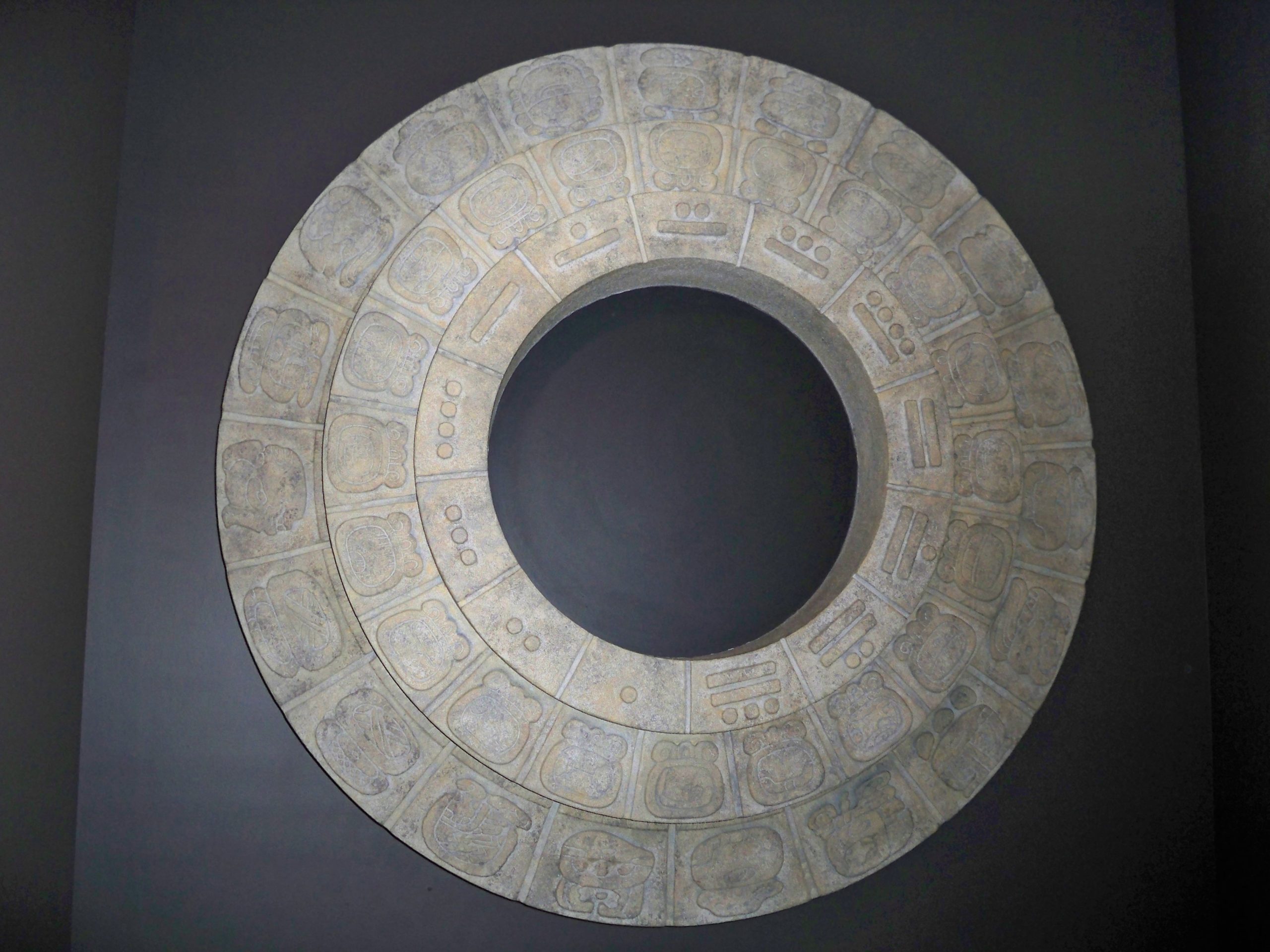
The Maya Calendar System
The Maya civilization, renowned for its advanced knowledge in astronomy and mathematics, developed one of the most sophisticated and accurate calendar systems in human history. This system, rooted in the ancient Mesoamerican civilizations, particularly the Olmec, served both practical and ceremonial purposes. It comprises several calendars measuring time periods of varying lengths, based on solar, planetary, and human cycles. The Maya calendar system includes the Haab, a 365-day solar calendar; the Tzolk’in, a 260-day sacred calendar; the Calendar Round, a 52-year cycle; and the Long Count calendar, used for chronological dating of mythical and historical events.

